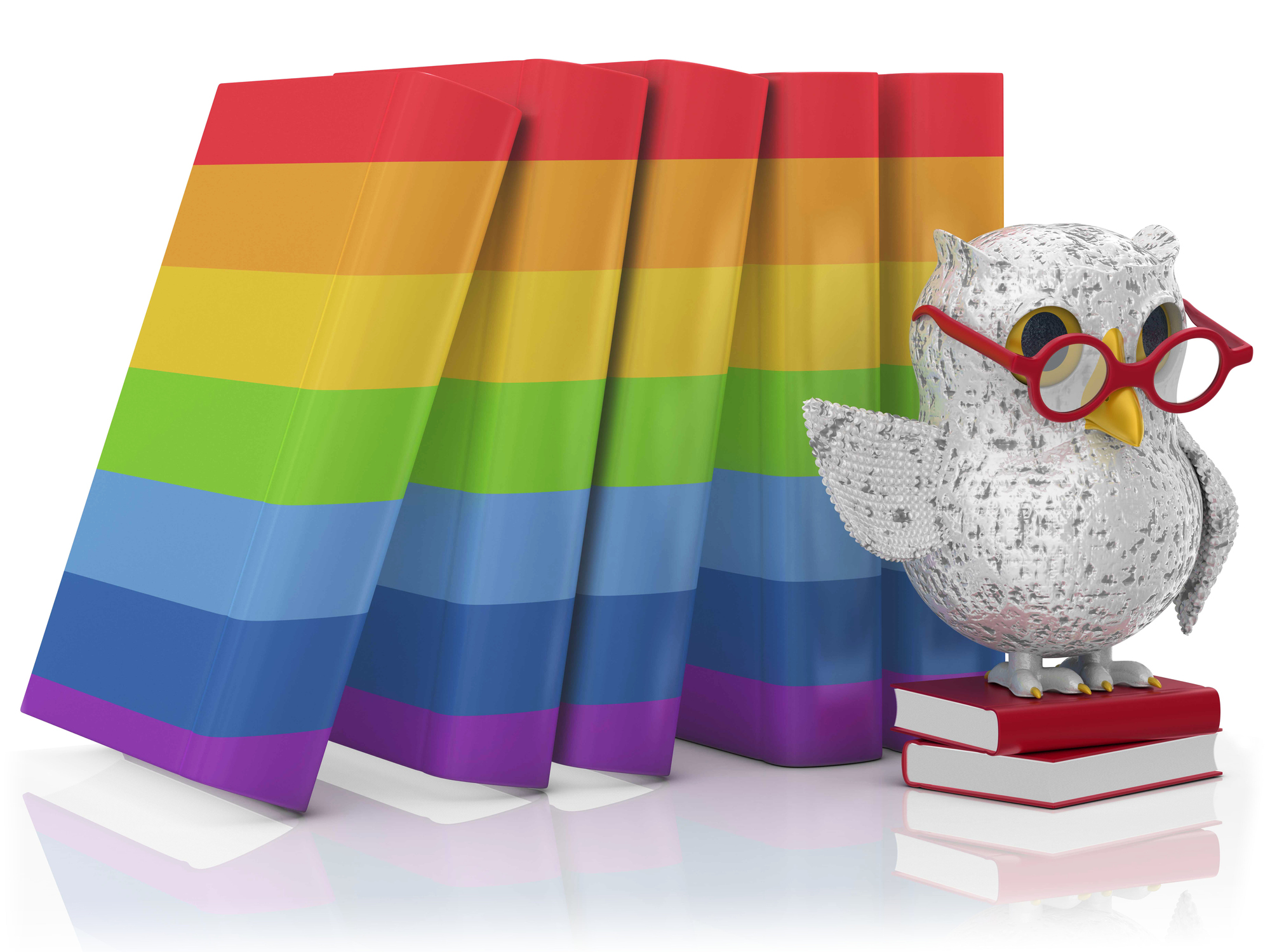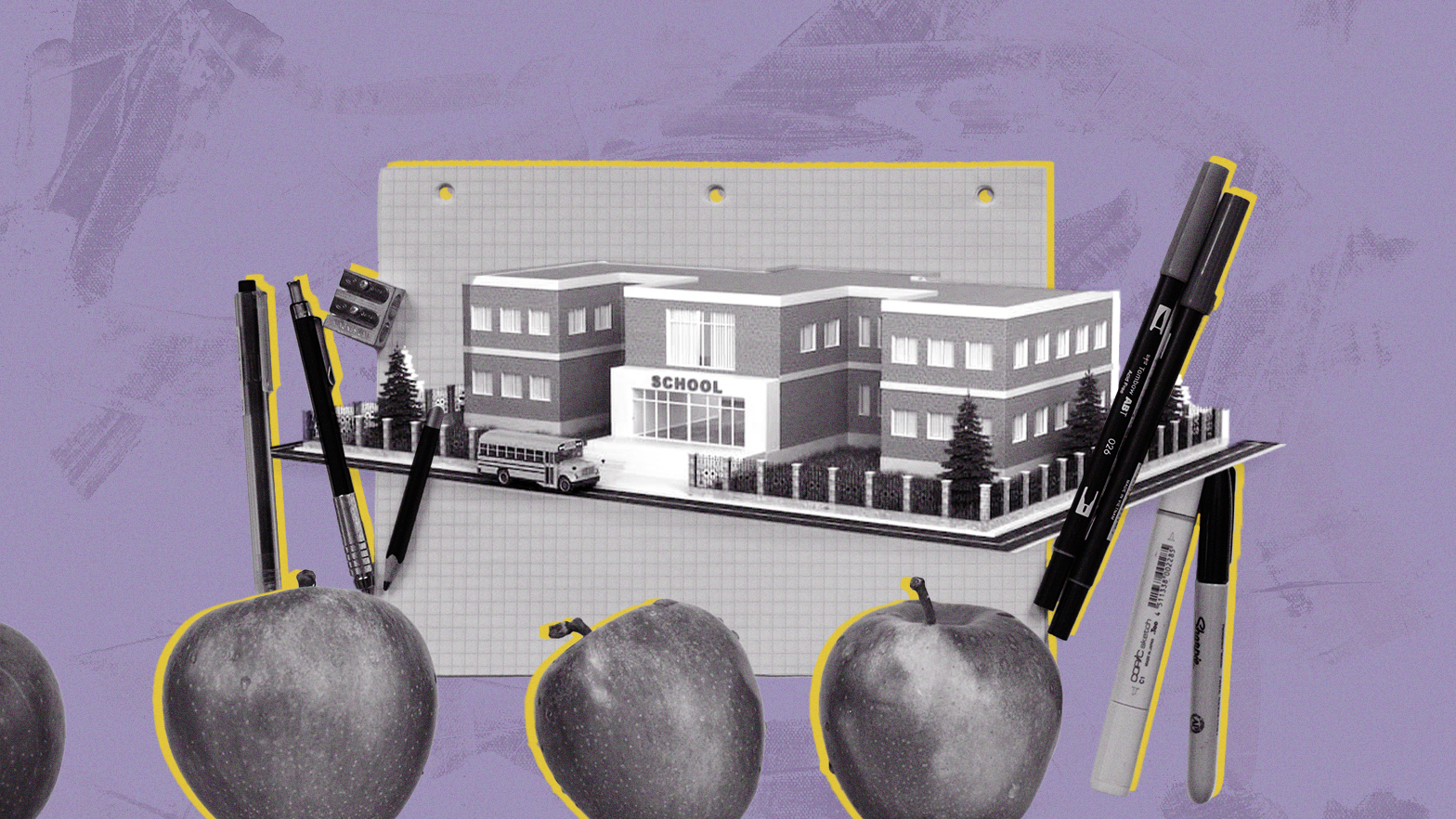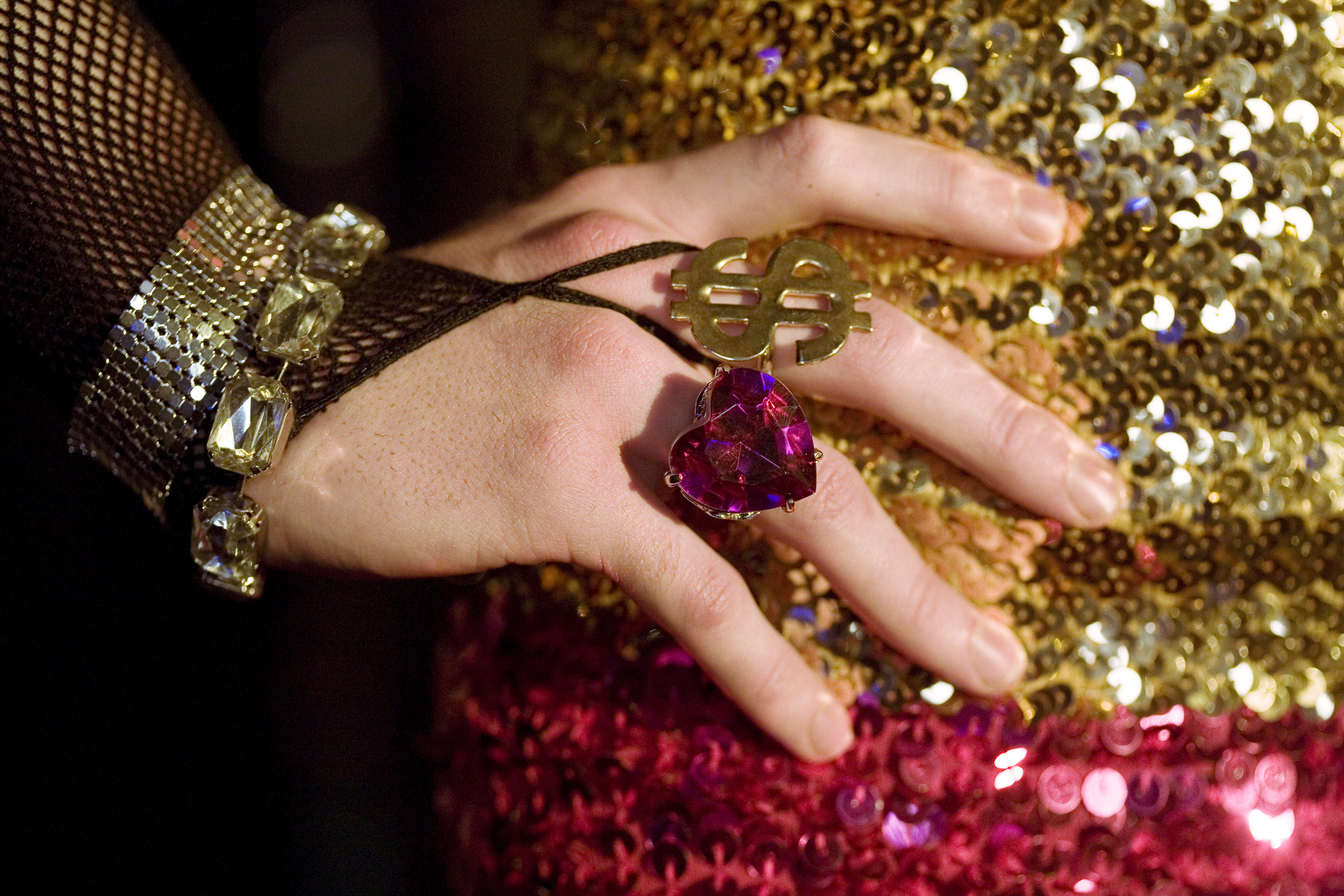Arguments against school choice miss the mark.
‘Banned’ Books

Parents should counter activist insanity on LGBT books.
If you’ve been to a mainstream bookstore or library in the past few months, you’ve probably encountered a “Banned Books” display. These high-visibility collections serve as totems of progressives’ defiance in their latest imagined controversy: the belief that conservatives are banning books related to LGBT issues from public school libraries. “Banned Books” displays usually feature some traditional texts that may have been pulled from schools at some point in their publication history (e.g. To Kill a Mockingbird, The Catcher in the Rye, Huckleberry Finn, etc.). But the recent wave of sexually-explicit LGBT titles are always positioned so prominently that a person can only assume that the displays are in reaction to right-wing prudes trying to force their retrograde views on an increasingly progressive populace.
But are LGBT books being “banned”? Not really. Every library curates its collection, making careful choices about their holdings in the limited space they have. While it’s true that many schools decided to pull titles like Gender Queer, This Book is Gay, Flamer, Let’s Talk About It, and All Boys Aren’t Blue from the shelves, this is not a “ban.” These books remain widely available in bookstores and public libraries that are unaffiliated with schools.
So why are leftists pretending otherwise? The claims of “bans” allow LGBT activists to frame routine decisions about which books are appropriate for a school library as evidence of “hate,” discrimination, and “exclusion.” Certainly, some books are being excluded—but this doesn’t mean that LGBT students are. The trendiness of LGBT identity among impressionable young adolescents suggests that there are social rewards from belonging to this category. In fact, schools take pains to include those students, a reality underscored by the open promotion and celebration of LGBT groups in classrooms.
Excluding the new crop of LGBT books is the right decision: not only do they include graphic depictions of sex, they also openly promote sexual activity and experimentation among young adolescents (a little taste of the contents of these books can be gleaned here). The Left’s commitment to rigidly dogmatic ideas of representation, “visibility,” and “inclusion” virtually guarantee that any new LGBT literature for students will be inappropriate for school libraries.
LGBT-themed books for children aren’t new—but they aren’t terribly old either. In an earlier era, books like Heather Has Two Mommies (1989) and Daddy’s Roommate (1990) received a good deal of criticism from traditionalists and conservatives. But these books had a fundamentally different focus and function than today’s LGBT reading for children. As their names suggest, Two Mommies and Daddy’s Roommate helped young children understand the unique structure of families with parents in same sex relationships. Gay sex—much less the mechanics of it—wasn’t even implicitly referenced. Back in the nineties, those opposed to the books warned that children of LGBT parents were not the only audience and suggested that a covert secondary goal was to normalize alternative sexual identities in the minds of children who had not yet encountered these minorities.
Though history has seemingly vindicated the suspicions of the prudes of yesteryear, in the post-Obergefell cultural landscape of 2022, LGBT children’s literature of the eighties and nineties comes off as rather innocuous to all but the few remaining puritans of our era. This is part of the reason for the emergence of “how-to” LGBT sex-guides for adolescents in the present: the rapid normalization of LGBT culture eliminated the need for books like Heather Has Two Mommies. In fact, the publication of such a book today could be taken as a hint that there’s something abnormal about a family led by two adults of the same sex—an insinuation that would amount to a covert marginalization of students who live in such households.
Given the post-Obergefell mundanity with which LGBT parenthood is now viewed, one might imagine that children’s books devoted to LGBT themes might disappear entirely. But today’s dominant progressive attitudes place a high importance upon visibility and representation. So, it isn’t enough that LGBT students are no longer subject to marginalization and stigma. We are told that LGBT students need to “see themselves” in the media, in school curricula, and in their teachers. In order to be “represented,” LGBT characters and individuals need to be visible. This gives rise to a problem: what, exactly, does an LGBT person “look like”?
The old books like the one that shows “two mommies” were aimed at children generally—irrespective of their sexual orientation. Indeed, the very thought that children have a “sexual orientation” is novel. To the extent that such an idea did exist in the past, it was little talked about, and it was certainly not discussed with children—whether in classrooms, books, or other media. Dispensing with the silence of the old books when it came to what being gay entails, today’s LGBT books for children are aimed at children who are presumed to be gay (or “bi,” or “non-binary,” or “transgender”). The new books don’t seek to help kids understand the behaviors of adults. Instead, they seek to instruct children on how to take part in them. This hints at some troubling assumptions: not only do the authors take as given that the adolescent reader wants to engage in these activities (but doesn’t know how)—they assume the child should be educated on how to do so, which implies that these are positive behaviors for young people to undertake.
Because these new books don’t seek to introduce kids to the existence of the LGBT community but rather give graphic instruction on how to participate in it, it should come as no surprise that these books (which were initially ordered by activist librarians) are being removed from some library holdings. This isn’t a “ban.” It’s a simple recognition of what reading material and ideas are appropriate for schools to promote to young adolescents.
Oddly, there are no heterosexual counterparts to books like This Book Is Gay—no “how-to” guides on heterosexual sex that are complete with cartoons depicting various forms of intercourse and enthusiastic, playful explanations of particular sexual peccadilloes. It seems we still have confidence that when the time comes for straight kids to become sexually active, they’ll figure it out. There is no good reason we can’t make the same assumption for students who may be gay. As long as activists insist otherwise, it’s our obligation as parents and citizens to insist upon sanity.
The American Mind presents a range of perspectives. Views are writers’ own and do not necessarily represent those of The Claremont Institute.
The American Mind is a publication of the Claremont Institute, a non-profit 501(c)(3) organization, dedicated to restoring the principles of the American Founding to their rightful, preeminent authority in our national life. Interested in supporting our work? Gifts to the Claremont Institute are tax-deductible.
Children should be reading age-appropriate material at school.
Rising cannabis consumption is a bad omen for our future.
Richard Weaver described the mechanism of American decay.
The culture of teaching has become corporatized and unappealing.
Ideologues are rewriting the history and traditions of the University of Alabama.






